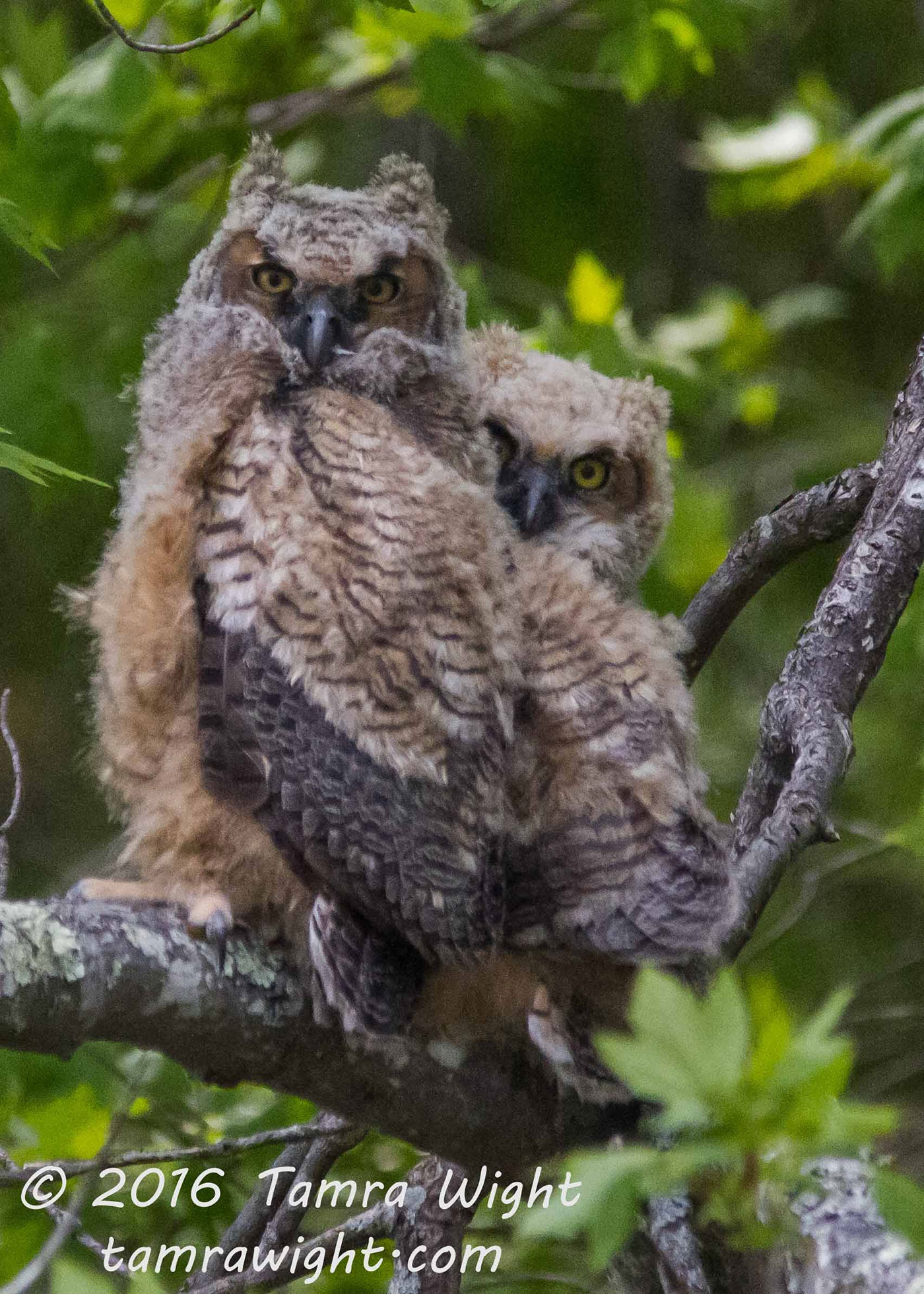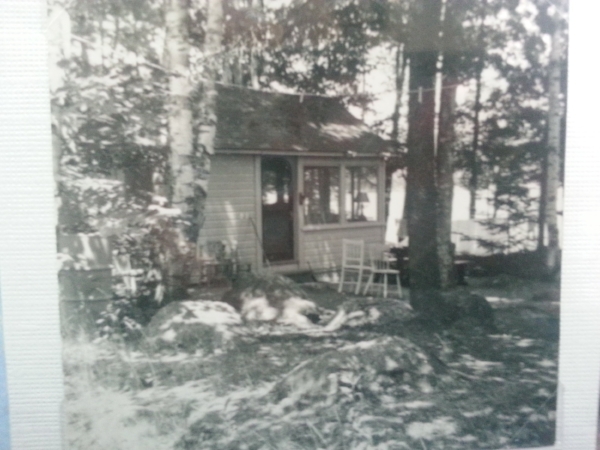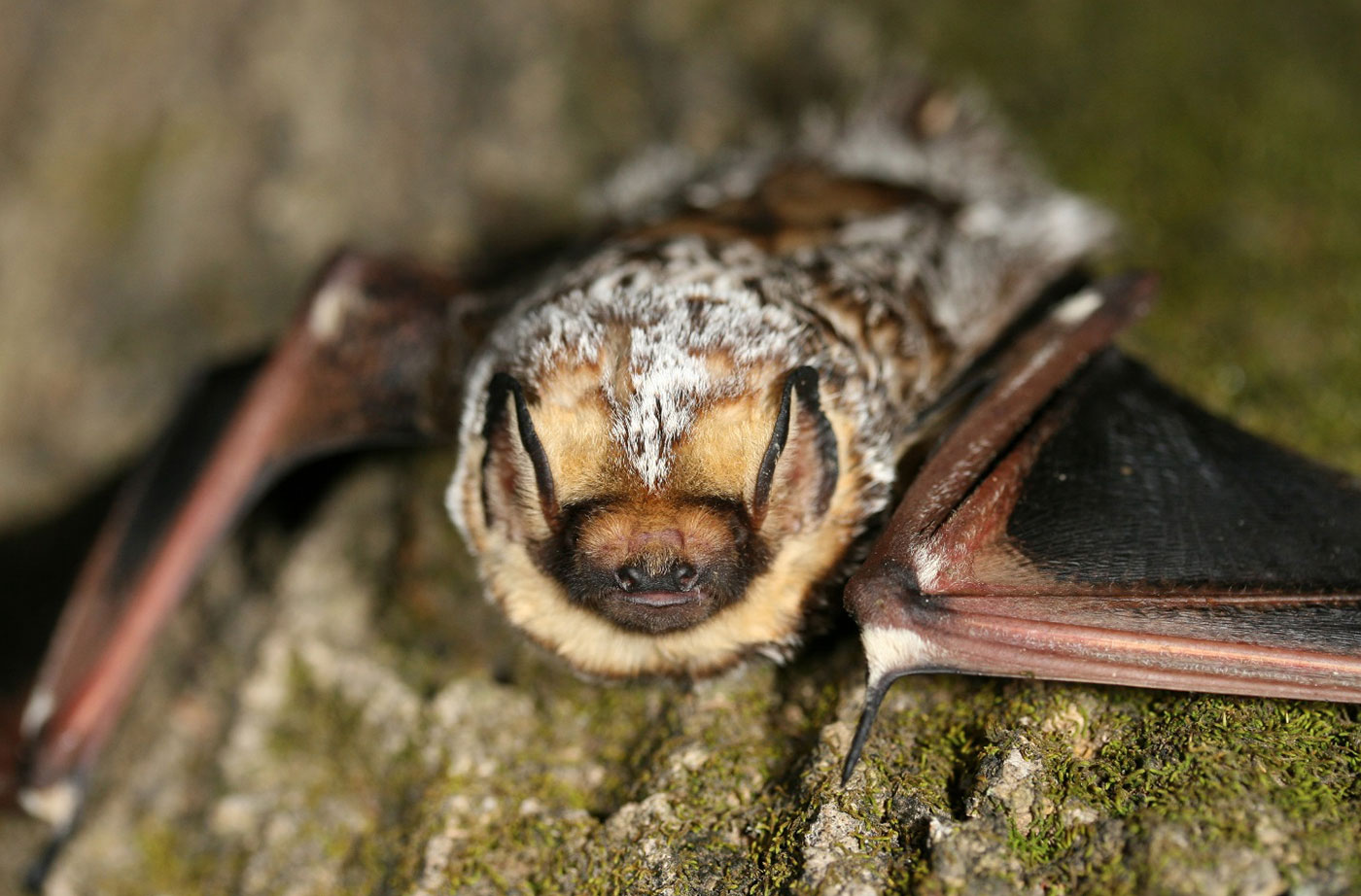Typical Halloween decorations, stories, and traditions invariably include “spooky” wildlife such as owls, bats, and spiders (oh my!). However, I invite you, my dear reader, to focus on these creatures in a fresh, new way this Hallow’s Eve, by providing them with “Hallowed Habitat.”
It’s my favorite month of the year—October! The hardwoods are showing off their brilliant fall colors, there’s a chill in the air, the nights are drawing in, and Halloween is just around the corner.

Great Horned Owlets
Halloween has a fascinating history that goes a long way back, with roots in pagan Celtic traditions. The Celts believed that the veil between the living and the dead was thin at this time, making it a magical time to communicate with our departed loved ones, and to honor the spirits. The Christians adopted this holiday as the eve before All Hallows Day, and so began the tradition of dressing up in costume. This costume-dressing behavior stemmed from a superstitious belief that if you disguised yourself, the dark spirits would not be able to find you. Furthermore, you might frighten away evil spirits with scary Jack-O-Lanterns at your door. Typical Halloween decorations, stories, and traditions invariably include “spooky” wildlife such as owls, bats, and spiders (oh my!). There is no doubt that the nocturnal nature of the owl and bat, and the common human affliction of arachnophobia, has placed these creatures in the seasonal spotlight. However, I invite you, my dear reader, to focus on these creatures in a fresh, new way this Hallow’s Eve, by providing them with “Hallowed Habitat.”
This brings me to a wee story about my dear late Uncle Windy—a true outdoorsman and lover of all things wild. Many summers ago, I was holed up like a monk writing my Master’s Thesis in the “little camp,” a sweet little cabin on the shore of beautiful Green Lake, which has been in the family since 1954.

The Perkins family camp on Green Lake (photo from the 1950s).
My uncle was up for a few days and came over from the “big camp” to see how I’d made myself at home. In front of the little screen porch I had hung up some bird feeders and created my first little home habitat. Uncle Windy quietly surveyed this little spot and then with reverence and respect, he said to me: “You’ve created a Hallowed Ground here.”
Perhaps in that moment, my dear uncle sparked the beginning of my career as an ambassador for habitat. Those simple words spoke volumes to me about how even the smallest space can be significant to wildlife, and to those of us that find strength and inspiration in wild things.
Whether your landscape is tiny or vast, you can create Hallowed Ground for plants and animals.
How to Provide Hallowed Habitat for 3 “Spooky” Creatures:
1. Honor the Orb-weavers
The beautiful, spiral webs associated with Halloween are the kind crafted by orb-weavers, a group of spiders in the Araneidae family. They build webs across open spaces in gardens, fields, and forests. The commonly observed yellow garden spider is one orb-weaver you may be familiar with. The female lays her eggs in a cocoon among fallen leaves and remains active until the first hard frost, at which point she will die. But, in the spring, her spiderlings will emerge like a little army to help keep your garden pests in check.
- Provide stone piles and downed woody debris in your gardens and backyards as feeding and breeding habitat for these beneficial insects.
- Leave leaf litter when possible so that females have a place to lay their eggs and reproduce.
- Healthy populations of these harmless spiders in the garden, woods, and fields will in turn support many birds and mammals that feed on them higher up on the food chain.
2. Bring Back the Bats
Bat populations are struggling throughout our region and need all the help they can get. Like the orb-weaver, and so many other species of wildlife, bats need healthy populations of insect prey in order to survive and reproduce. Like the spiders, bats are natural predators who are critical to healthy ecosystem function.
- Create an insect-rich environment by planting a diversity of native plants in your garden and yard (non-native plants are insect “deserts”).
- Provide abundant organic matter in your outdoor spaces (leaves, woody debris, healthy soils, etc.) to support healthy bug populations.
- See my blog post on bats for more specific ideas on enhancing bat habitat.

Hoary Bat by Dave Yates
3. Wise Up for Owls
Owls are powerful predators and are uniquely designed for nocturnal hunting. We have 11 species of owls in Maine and they all need small mammals, insects, amphibians, and other prey to sustain them. Landowners can provide good nesting and hunting habitat for our owls in a variety of ways.
- Set aside secluded areas near streams, swamps, and lakes where owls will not be disturbed by human activity.
- Retain large, tall trees for nesting and perching.
- Provide areas of dense cover for small mammals (moles, voles, mice, rabbits, etc.) in the form of brush piles, hedgerows, and shrubby wooded edges.
- Provide nesting boxes for cavity-nesting owls where natural nest sites are limited (I can help with the specifics). Book a property consultation with me for customized recommendations on owl habitat, and much more.
Did you know? Orb-weavers are docile, non-aggressive spiders that rarely bite humans. They only bite when handled or provoked and their bite has low toxicity to humans.
Originally published on October, 2017 on firstlighthabitats.com









Leave a Reply